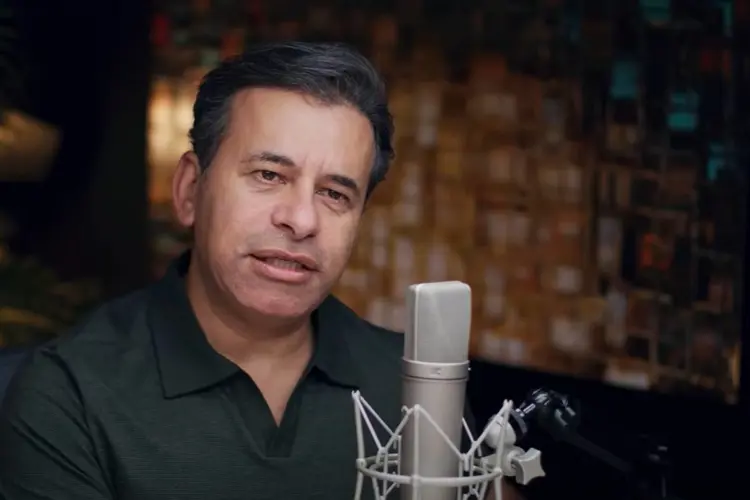The smoking rate in 2022 among adult Americans dropped to its lowest rate since health officials began measuring it, according to survey results released yesterday. The decline came alongside an increase in the percentage of U.S. adults who vape.
Preliminary full-year 2022 results from the National Health Interview Survey (NHIS) showed just 11.2 percent of adults smoked every day or some days. More than half as many surveyed adults, 5.8 percent, used vaping products every day or some days. In the fourth quarter of 2022, adult vaping prevalence reached 6.6 percent—the highest number since the NHIS added vaping to its survey in 2019.
The results are estimates, and could be revised later. The NHIS is conducted annually by the National Center for Health Statistics (NCHS), a unit of the Centers for Disease Control and Prevention (CDC).
Vaping appears to drive the rapid drop in smoking
The survey results provide more evidence that the long-term adult smoking decline has been accelerated by vaping uptake. In 2009—the beginning of the U.S. e-cigarette era—adult smoking prevalence was 20.6 percent. In the years since, adult smoking has fallen over 45 percent. In the 12 years between 1997 and 2009, smoking declined just 16.6 percent (24.7 to 20.6 percent).
Vaping prevalence declined briefly in 2020, following the 2019 “EVALI” scare, when many adult smokers were frightened away from using vaping products by health officials who incorrectly blamed nicotine vaping for thousands of lung injuries caused by tainted THC vape carts. However, since dropping to a low of 3.5 percent in the third quarter of 2020, the adult vaping rate has climbed and has remained over 5 percent since October 2021.
The adult smoking and vaping results jibe with what we know about youth smoking: adolescent cigarette use began a rapid decline as vaping became popular. Teenage smoking now teeters on the verge of extinction.
The 2021 National Youth Tobacco Survey (NYTS) showed just 1.5 percent of middle- and high school students smoked in the past 30 days. Only about one in 250 high schoolers reported smoking daily or almost daily in 2021. (The CDC has not released smoking results from the 2022 NYTS yet.)
The smoking decline was mostly ignored
The story got little attention from the national news media. CNN and AP covered it, but most major news outlets—including CBS News, the Washington Post and the Los Angeles Times—ran the AP story rather than assigning their own reporters. The New York Times apparently didn’t cover it at all.
Neither CNN nor AP suggested that the growth in adult vaping prevalence had anything positive to do with the decline in cigarette smoking. Far from it. Vaping was presented as a related risk.
The AP story featured quotes from anti-vaping tobacco control hardliner Jonathan Samet, who registered concern that, even while smoking continues to decline, “nicotine addiction” may continue—because of the popularity of vaping. The AP reporter also cited the American Heart Association, claiming “Nicotine addiction has its own health implications, including risk of high blood pressure and a narrowing of the arteries.” (Nicotine use outside of smoking doesn’t cause long-term high blood pressure and isn’t proven to cause arterial damage.)
CNN reporter Jen Christensen included a laundry list of reasons no one—including people who currently smoke cigarettes—should try vaping, quoting previous statements by the CDC, FDA, American Lung Association, American Academy of Pediatrics, and the U.S. Surgeon General.
“The US Food and Drug Administration says there is not enough evidence to support claims that these products are effective tools to help people quit smoking,” Christensen wrote. “None are approved for this purpose. The FDA says there are no safe tobacco products, including e-cigarettes, vapes, and other electronic nicotine delivery systems.”
The Freemax REXA PRO and REXA SMART are highly advanced pod vapes, offering seemingly endless features, beautiful touchscreens, and new DUOMAX pods.
The OXVA XLIM Pro 2 DNA is powered by a custom-made Evolv DNA chipset, offering a Replay function and dry hit protection. Read our review to find out more.
The SKE Bar is a 2 mL replaceable pod vape with a 500 mAh battery, a 1.2-ohm mesh coil, and 35 flavors to choose from in 2% nicotine.
Because of declining cigarette sales, state governments in the U.S. and countries around the world are looking to vapor products as a new source of tax revenue.
The legal age to buy e-cigarettes and other vaping products varies around the world. The United States recently changed the legal minimum sales age to 21.
A list of vaping product flavor bans and online sales bans in the United States, and sales and possession bans in other countries.

















